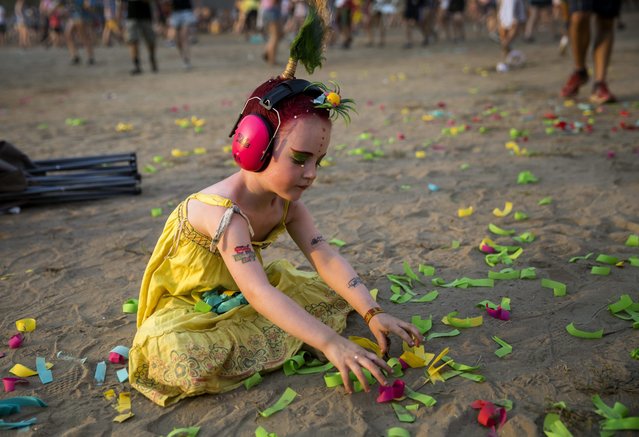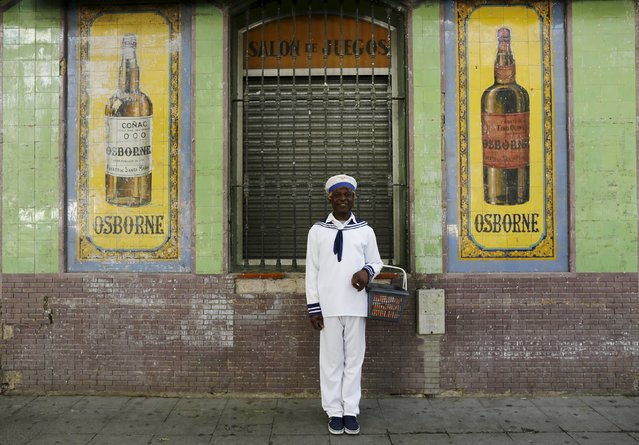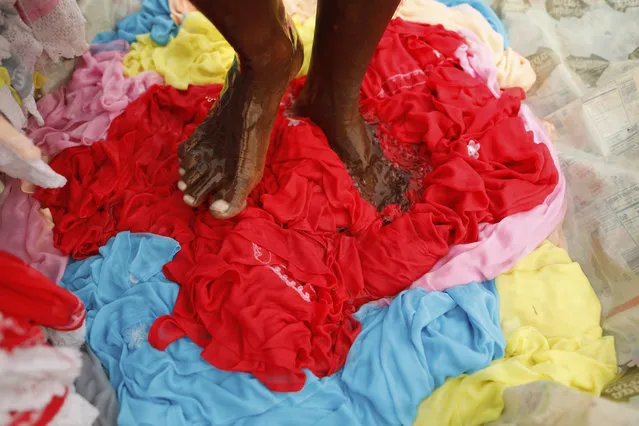
Revellers cool themselves in the Danube River during the Sziget music festival on an island in Budapest, Hungary August 12, 2015. The event is one of the biggest cultural events of Europe, offering art exhibitions, theatrical and circus performances and music concerts. Almost 200 performers from 47 countries will entertain the hundreds of thousands of visitors from 11 to 18 August. (Photo by Laszlo Balogh/Reuters)
13 Aug 2015 11:55:00,post received
0 comments







